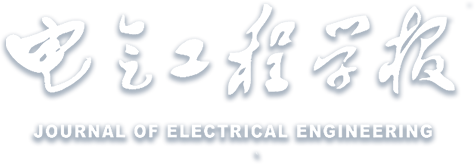Abstract:
Lithium-ion batteries(LIBs) have been widely used in energy storage system(ESS), electric vehicles(EVs) and other fields. However, the capacity will gradually decrease during the battery utilization until it is retired. 80% state of health(SOH) is usually taken as the retiring standard in traditional methods, which not considers the actual degradation rate. Not only can not make full use of the healthy batteries, but also make it difficult to efficiently ensure the safety of unhealthy batteries. Meanwhile, SOH is equal, but battery aging characteristics and rate are not necessarily the same. The SOH is used alone to evaluate to make the accurate reflection of aging differences impossible. Therefore, a personalized retiring standard and aging assessment methods are proposed in this paper, which aim to the LIBs within the full lifespan. The new index of decommissioning(IoD) is firstly defined, which is characterized by the capacity degradation gradient and current SOH. The distribution of IoD under 80% SOH is calculated to obtain the retired threshold, which is used as the standard to define the battery retirement. Meanwhile, the brand-new health assessment index - capacity terminal diving rate(TDR) is proposed to evaluate the nonlinear aging phenomena that happens during the battery use. Through the verification on the MIT public dataset, the proposed method has the advantages of simple calculation and strong robustness. It can realize the battery personalized retirement and more effective assessment in aging differences, leading to the higher utilization rate and safer use.


 下载:
下载: